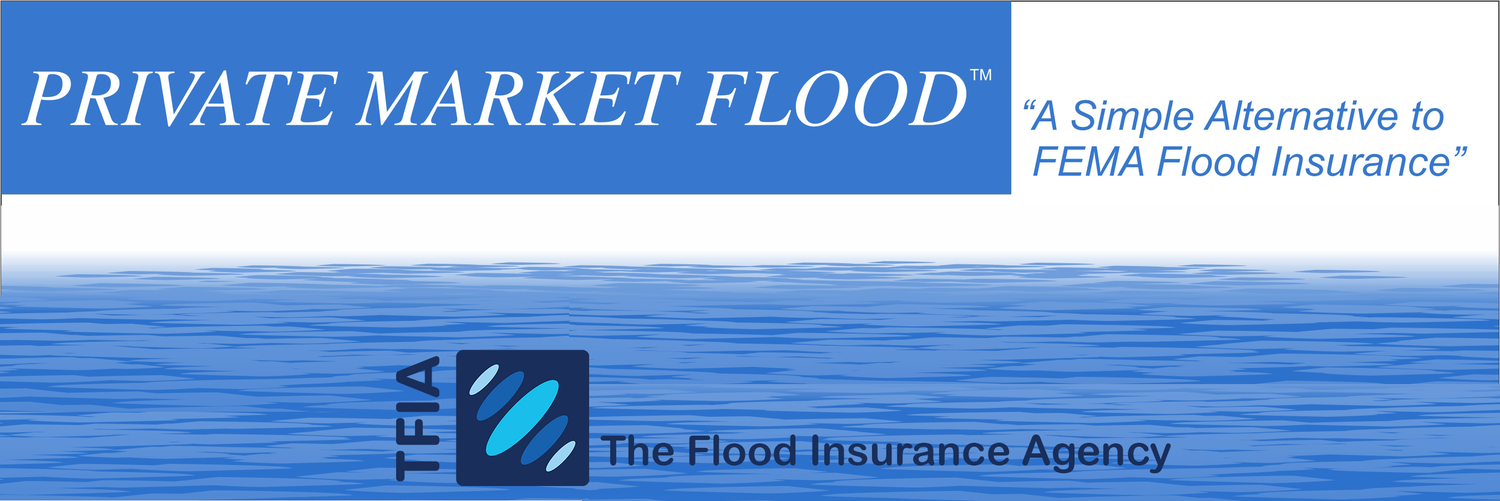Frequently Asked Questions
Why should I purchase the FloodReady endorsement?
Check out the answer to that question on our Why? page.
What types of properties can purchase FloodReady?
At this time only a single-family dwelling can purchase FloodReady provided:
(1) It is a principal residence, which means that, at the time of loss, the owner or their spouse lived there for 80% of:
(a) The 365 days immediately preceding the loss; or
(b) The period of their ownership, if they owned the dwelling for less than 365 days; and
(2) At the time of loss, the amount of insurance in this policy that applies to the dwelling is 80% or more of its full replacement cost immediately before the loss, or is the maximum amount of insurance available under the NFIP.
Can my client add FloodReady coverage on to their existing Private Market Flood policy?
Lex FloodReady can be added at the renewal of an existing Private Market Flood policy but cannot be added mid-term to an existing policy.
How much does FloodReady cost?
The cost is $35 per year for residences with a replacement cost of $250,000 or less; and $50 per year for residences with a replacement cost over $250,000.
What types of damage qualify for FloodReady coverage?
Please refer to the actual FloodReady endorsement for a complete description. In general, FloodReady applies to floors walls and ceilings.
What if the cost of more Flood Damage-Resistant Materials exceeds the amount of coverage provided by the FloodReady coverage?
The insured can utilize the limit of coverage available with the FloodReady endorsement and pay any additional costs themselves.
At the time of a loss can my client choose to replace the damaged materials with the same materials my client had before and not replace with more Flood Damage-Resistant Materials?
Yes, however, that would not cause a return of the premium for the FloodReady endorsement.
What is the definition of FEMA approved Flood Damage-Resistant Materials?
“Flood [damage]-resistant material” is defined by the NFIP as “any building product [material, component or system] capable of withstanding direct and prolonged contact with floodwaters without sustaining significant damage.”
The term “prolonged contact” means at least 72 hours. The term “significant damage” means any damage requiring more than cosmetic repair.
“Cosmetic repair” includes cleaning, sanitizing, and resurfacing (e.g., sanding, repair of joints, re- painting) of the material. The cost of cosmetic repair should also be less than the cost of replacement of affected materials and systems.
In addition to these requirements, individual materials that are considered flood damage-resistant must not cause degradation of adjacent materials or the systems of which the material is a part.
Can all insurance agents and brokers sell FloodReady coverage?
Only insurance agents and brokers registered with The Flood Insurance Agency can sell FloodReady coverage.
If my client suffers a flood loss will a FEMA certified adjuster also settle their FloodReady claim?
The same certified adjuster used to adjust the flood claim for the Private Market Flood policy will, at the same time, adjust any claim for the FloodReady coverage.
In the future will FloodReady expand to other types of covered Flood Damage-Resistant Materials such as doors and appliances?
Yes. We intend on expanding coverage to additional building components in the future.
